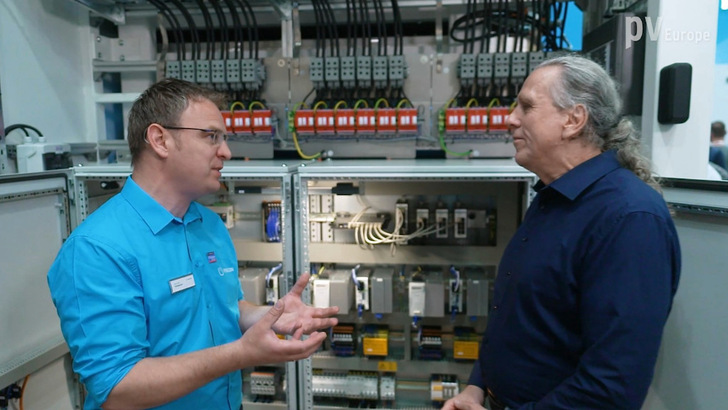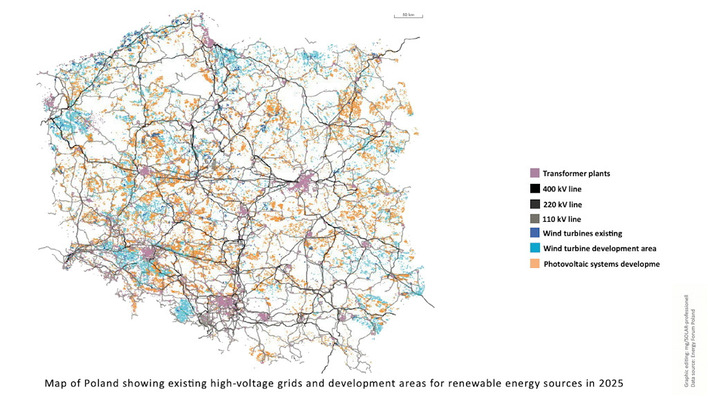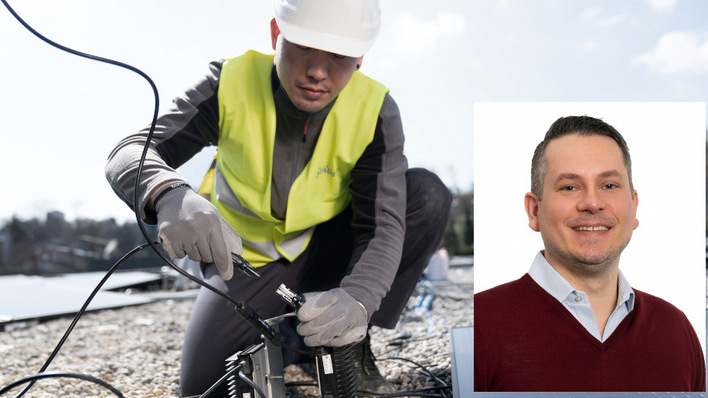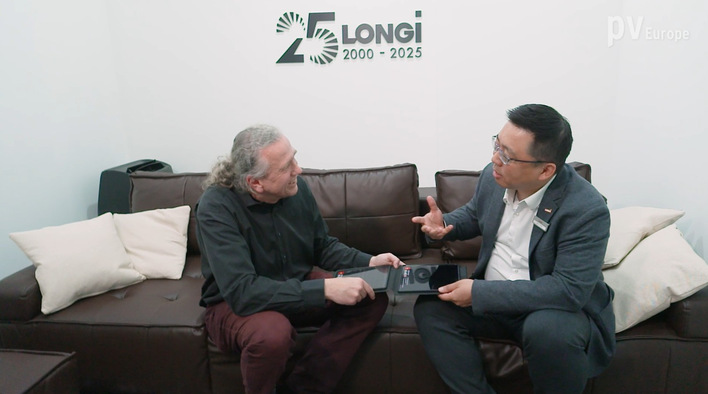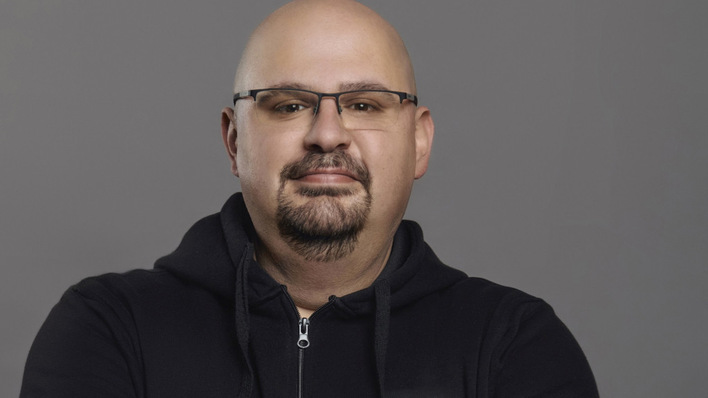Why is the home storage market facing challenges across Europe?
Franz-Josef Feilmeier: After the energy crisis, there were about one and a half very strong years, but after that, the market stopped growing and even declined. Additionally, the product itself has changed. It’s no longer just a PV battery focused on covering night-time consumption. Today, a storage system must do much more and address many different functions. Manufacturers or installers who weren’t prepared for this shift are now facing problems. In our case, we’re growing our market share and are quite happy in this market.
Learn more about project business for investors
Beyond home storage systems, you also provide C&I and utility-scale solutions. What are the key innovations you’re introducing this year?
We have several innovations in the hardware area. For example, we’ve introduced a new commercial system: 50 kilowatts, backup-ready, with PV direct connection and stackable LFP battery modules that installers favour. Our commercial systems are now highly capable of clustering, even exceeding one megawatt-hour in standard configurations familiar to wholesalers and installers. For our large-scale systems, which we build ourselves using EV batteries, we offer different product types tailored to specific applications. It’s a very interesting market right now.
KRITIS – cyber security must be a top priority
What is the storage capacity of your largest system in megawatt-hours?
Our newest and largest product is the Fenecon Industrial XL. It offers a charging power of up to 1.5 megawatts and a storage capacity of 4 megawatt-hours.
Fenecon – innovations driving C&I storage (video)
What key functions are required for C&I systems and grid-connected large-scale storage?
The functions of a storage system are always determined by the energy management system, which has always been our development priority. Our energy management system is built on open-source technology and applications that can evolve over time. We have found this adaptability to be absolutely essential, and it is highly valued by installers in the field.
Fenecon – three new storage systems for C&I (video)
You’re constructing large-scale storage systems using EV batteries, specifically traction batteries from electric cars. What is the reasoning behind this approach?
In Germany, we have two facilities, with another one in America just ramping up. Last year, the large-scale battery storage market reached 1 gigawatt-hour. However, at the same time, Germany discarded 5 gigawatt-hours of EV batteries that never made it into cars. These batteries are considered waste, even though they are new, of very high quality and often far superior to LFP batteries, which are primarily designed to be low-cost.
Subscribe to our monthly newsletter for investors
Is the high standard required for EV batteries the reason why so many are discarded?
Automotive quality is exactly where we specialise. We acquire these batteries from leading OEMs and develop them into our four distinct industrial platforms. These platforms can then be used in commercial, industrial, or stand-alone solar park applications.
The innovations driving C&I storage
You mentioned a new factory in Bavaria and another in the United States. How important is local production in Europe and the US for serving the American market?
Franz-Josef Feilmeier: There’s a new trend: local for local. In the US, everything we produce comes from the US and is for the US market. Similarly, in Europe, we offer a completely made-in-Germany product for the European market, using batteries that are already here. I believe this is important, not only to support local production but also to repurpose these batteries instead of discarding them. (HS/TF)


